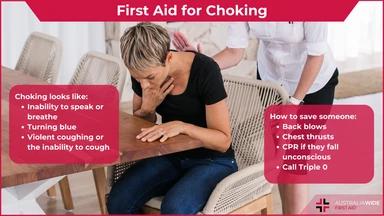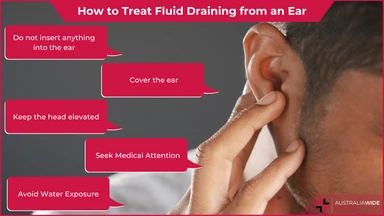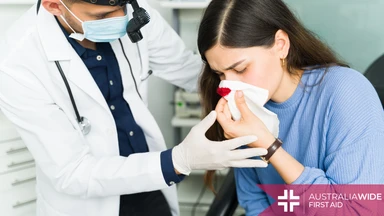First Aid for Bee Stings


Bees belong to the Apoidae family, and they are a type of winged insect that feeds exclusively on nectar and pollen.
Female bees are known to sting humans when threatened, an injury that typically only results in pain and swelling at the sting site.
For some, however, bee stings can trigger anaphylaxis, a severe allergic reaction in which the immune system releases chemicals that can narrow the casualty’s airway and cause asphyxiation.
It’s important to know first aid for bee stings, as anaphylaxis can turn deadly in less than 15 minutes.
Bees are a type of winged insect that below to the Apoidae family, to which wasps and ants are closely related.
According to the National Wildlife Federation, there are over 20,000 bee species located across the globe, and they inhabit every continent except for Antarctica.
Though Australia has over 1,700 native bee species, one of our most common bee species is the European honeybee (Apis mellifera), which was introduced by early colonists in 1822 to assist with their honey production.
European honeybees can vary in size and colour. However, they are typically 13 – 16mm in length and have yellow banding on their abdomen, fine hairs all over their body, and dark veins on their light brown wings
Bees are vital to human existence, as they carry pollen between plants, which fertilises the plants and allows them to reproduce. Bees also feed on pollen to meet their protein and nutrient requirements, while they eat nectar for energy.
Stinging bees, as with many stinging insects, typically only wield their stingers against humans and animals if they feel threatened or confused.
Bee venom contains a variety of enzymes, proteins, and peptides that affects skin cells and the immune system, and so triggers pain receptors.
In most cases, the most glaring evidence of a bee sting will be the stinger itself – some bee stingers are barbed, which means they remain in the casualty’s skin even as the bee tries to fly away.
This is why honeybees die after they sting humans and animals – they can’t fly away without self-amputating their lower abdomen alongside their stinger.
Most people will also experience mild symptoms like pain, itching, and swelling at the sting site.
Allergic casualties, however, may experience more severe symptoms like:
For more information on how to treat a bee sting, head to our first aid chart for bee stings.
We run certified First Aid courses throughout all major Australia citys. Find a location near you.
Bees are a type of winged insect that are widely distributed across the globe, including Australia.
One of the most common bees in Australia is the European honeybee, which are typically docile and only sting when threatened or confused.
In most cases, bee stings only cause mild symptoms like pain, itchiness, and swelling at the sting site. In some people, however, they can trigger severe allergic reactions characterised by facial swelling, hives, and difficulty breathing. Allergic casualties should receive prompt medical treatment.
If you would like to learn more about providing first aid in the event of a bee sting, book a First Aid course with us today. W e also have articles on what to do if you get stung or bitten by a snake, fire ant, and different types of marine life.
And for more details on the most common triggers of anaphylaxis, head to our Resource Library.
Disclaimer: This article is for informational purposes only. It does not constitute, replace, or qualify as any form of first aid training.

October 13, 2023
Choking occurs when an object or a piece of food becomes lodged in the throat, blocking the airway. The adult or child will have difficulty breathing, and may lose consciousness. Quick and effective action is essential to prevent severe consequences and death.

September 22, 2023
Knowing how to provide first aid for fluid draining from an ear is crucial to alleviate discomfort and potentially prevent complications.

July 31, 2023
This article covers treatment/first aid for nose bleeds, and also covers all of the common misconceptions and myths about treating a bleeding nose.